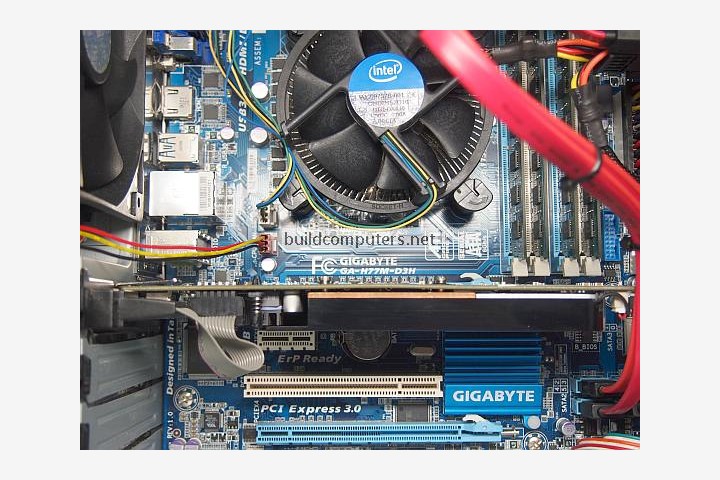

Which makes their cards of particular interest to mainstream users.Īt the time of writing, Intel corporation is gearing up to release their own competitive GPU products. AMD competes strongly on price, in the mid-range and lower. The level of competition between the two varies from generation to generation, but Nvidia has significantly more market share and generally the more powerful GPUs. There are two brands of GPU that really matter in today’s market: Nvidia and AMD.

In 2019, 8GB of memory is a good number to aim for, with 6GB being the absolute minimum, but with limited longevity. If you don’t have enough memory, information has to be swapped to other forms of storage, which absolutely destroys frame rate. This is where data is stored for fast access by the GPU. The final big-ticket specification is the amount of video memory. If this means buying a new power supply, then factor that into your total cost! You absolutely must adhere to the minimum power supply requirements stated by the card maker. The remaining specifications are worth your time.

While you can dig down into extreme details, this short and sweet approach will work for most people, most of the time. Shortlist the cards that seem to provide what you are looking for and then take price into consideration. We won’t be discussing that here, since it’s irrelevant to the vast majority of users. Many motherboards may have multiple slots, some with fewer lanes, to enable multiple graphics cards in one system. This indicates that the slot has 16 “lanes” available for data transmission. On desktop PCs these cards use a long slot, usually the PCIe x16 slot. At the time of writing PCIe 3.0 is the latest version of this protocol. It connects to the rest of the computer through a high speed physical connection, usually using the PCIe (Peripheral Component Interconnect eXpress) protocol. What You Need To Know About SpecificationsĪ graphics card is very much like an entire, specialized computer all on its own. “Discrete” GPUs in laptops are basically the equivalent of a graphics cards, but are built into the system in a way that more often than not precludes upgrading the part.Īlthough we’ll go over some exceptions a little further down. “Embedded” GPUs are built into CPUs or form part of a single “system-on-a-chip”, as you’d find in a smartphone or tablet. However, the term graphics card refers specifically to removable, independent GPU boards that can be upgraded. You’ll hear the terms “GPU” and “graphics cards” used interchangeable, which is fine for the most part.


 0 kommentar(er)
0 kommentar(er)
